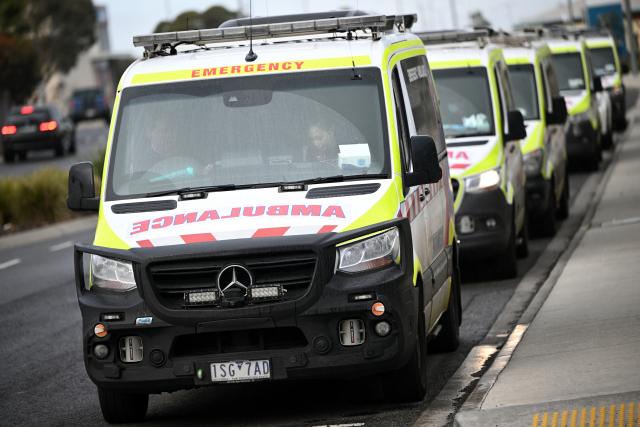The State Government released a review of the Emergency Services Telecommunications Authority — the body handling triple zero calls —on Saturday 3 September, showcasing the struggle faced by responders to handle the high influx of calls when demand for emergency services surges.
The report by the Inspector-General for Emergency Management and former Victoria Police Chief Commissioner Graham Aston was commissioned to assess the current state of ESTA’s services to Ambulance Victoria, CFA, Fire Rescue Victoria, Police and SES.
It aimed to identify critical capability challenges for the organization, consider the effectiveness of the current communications infrastructure, examine the legislation and policy environment surrounding ESTA, examine the current and future drivers of service delivery demand and impact on the community and provide recommendations to the government on any required changes to the authority.
The report states ESTA responds to 2.5 million emergency calls annually and employs approximately 1000 people, however, in January 2022 only 39 per cent of calls were answered in the five-second target.
“A single workforce cannot sustain this continual barrage of stress, criticism, and heartbreak, and it should not be left to ESTA to resolve these issues alone. ESTA is part of the sector,” the report states.
“Organisation in the sector has played a role in where ESTA is today. Each of these organisations must now invest and commit to supporting ESTA in the delivery of the reform to come.”
Emergency service operators like SES, CFA, police and Ambulance Victoria rely on ESTA to answer every emergency call for assistance before they work together to dispatch a front-line worker to the incident.
Alongside recommending the disbanding and replacement of the board, Mr Ashton made 19 other recommendations. These included rebranding the organisation to Triple Zero Victoria, working collaboratively with Ambulance Victoria and exploring alternative call management practices, commissioning an independent review of ESTA training standards, further funding from the state government, introducing live monitoring of call data to alert emergency services to potential large scale emergencies, developing and implementing outcome-based performance standard and introduce the monitoring and investigation of ESTA’s performance.
The state government accepted the findings of the review and supported the recommendations.
Minister for Emergency Services Jaclyn Symes said in a statement she offered her sympathies to those who lost loved during the pandemic.
“Our dedicated call-takers, dispatchers and other staff at ESTA have worked tirelessly to support Victorians in the face of sustained, unprecedented pandemic-related call volumes, we cannot thank them enough,” she said.
“Building on significant investments and major structural reforms already underway, we are using the lessons from these reviews to prepare our system to be strong and resilient into the future.”
The state government pointed to record ambulance call-outs peaking at 4000 a day during the omicron surge, with paramedics responding to 93,000 code one callouts in the first three months of 2022.
The average wait time for an ambulance in the Yarra Ranges from 1 April to 30 June was 17 minutes and 23 seconds. For non-life threatening but acute and time-sensitive code two patients, the wait time ballooned to 40 minutes and 52 seconds.
Shadow Minister for Emergency Services and Gembrook MP Brad Battin said staffing cuts and mismanagement of triple-zero services contributed to ESTA’s failure to meet targets.
In the middle of a health pandemic, Daniel Andrews cut the number of triple-zero call takers and now we are seeing the tragic consequences,” he said.
“Daniel Andrews has run Victoria’s health system as Premier or Minster for 12 of the past 16 years, the person who broke the system is not the one to fix it.”







